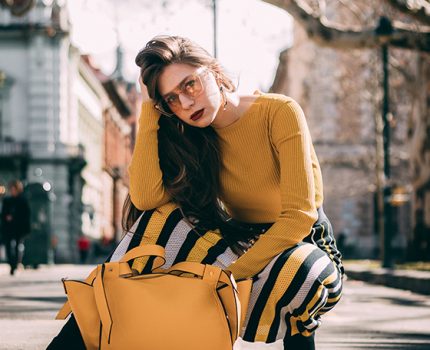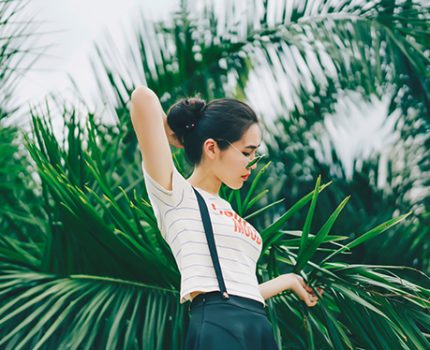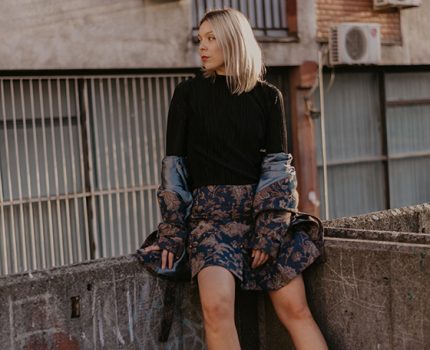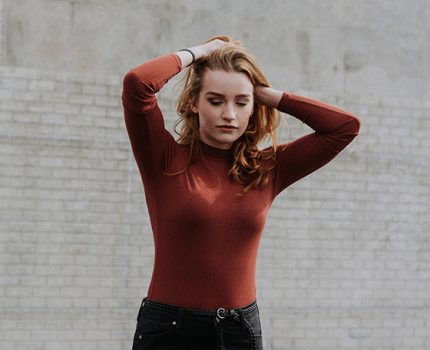Hollywood Glamour: Old Hollywood Costume Design
Old Hollywood’s costume designers were pivotal in creating the era’s allure, crafting iconic looks that still inspire today. Legends like Edith Head, Adrian, and Colleen Atwood transformed actors into unforgettable characters with meticulously designed costumes that told stories through every stitch. Head’s collaborations with Hitchcock and stars like Audrey Hepburn showcased her blend of glamour and functionality, while Adrian’s gowns for Astaire and Rogers set a sophistication standard. Colleen Atwood draws on this rich history in modern work, blending vintage elements with contemporary flair. The careful selection of fabrics and accessories added depth to characters, making old Hollywood’s storytelling visually compelling and enduring.















